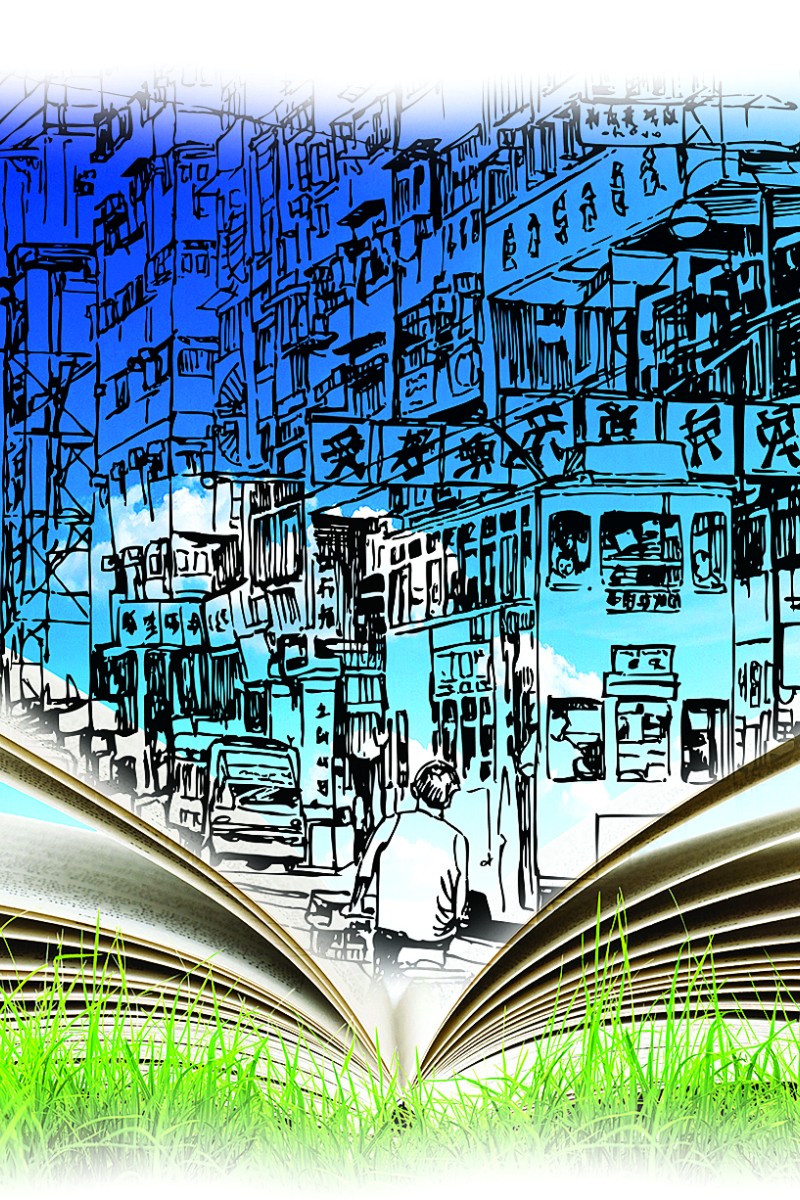
How stories define a city

Hong Kong author Leung Ping-kwan wrote: "The story of Hong Kong is told by everyone and everyone has a different version. In the end, the only thing that we can be sure of is that those different stories do not necessarily tell us things about Hong Kong. Rather, they tell us about the story-tellers, about the positions in which they are speaking."
Have you ever thought of telling a story about Hong Kong? What image of the city would you create, and what kind of urban experience would you capture? How may these thoughts relate to your own memory of the city?
Capturing the urban experience has always been a challenge for writers who want to explore the relationship between the environment and individual emotions and thought. It was especially so in mid-19th century, when rapid industrialisation led to the rise of big cities such as London and Paris, places which also emerged as the major backdrop against which many literary works of the period were set.
One writer who tried to capture this sense of change and explore what it meant for individuals was Charles Dickens (1812-1870). He is widely known for his descriptions of obscure, dilapidated areas in London, and for incorporating his observations into his novels and other literary works.
Some of Dickens' fictional characters and places have even become part of the city's contemporary life. A few years ago, I went to London's Southwark district, the setting for Dickens' novel, Little Dorrit, and saw that several places and streets, such as "Little Dorrit's Playground", were named after leading characters in the book.
Stories help both visitors and residents learn about the history of a place and the memories attached to it. The same can happen here, too. As Leung says, "the story of Hong Kong is told by everyone and everyone has a different version".
The different stories that we tell about Hong Kong are probably due to our different life experiences, the tales we heard as children, our imagination and perception of the city, and perhaps most importantly, our memories.
Are you ready to take the challenge and write your own story about Hong Kong? It will teach us more about our city and its people.